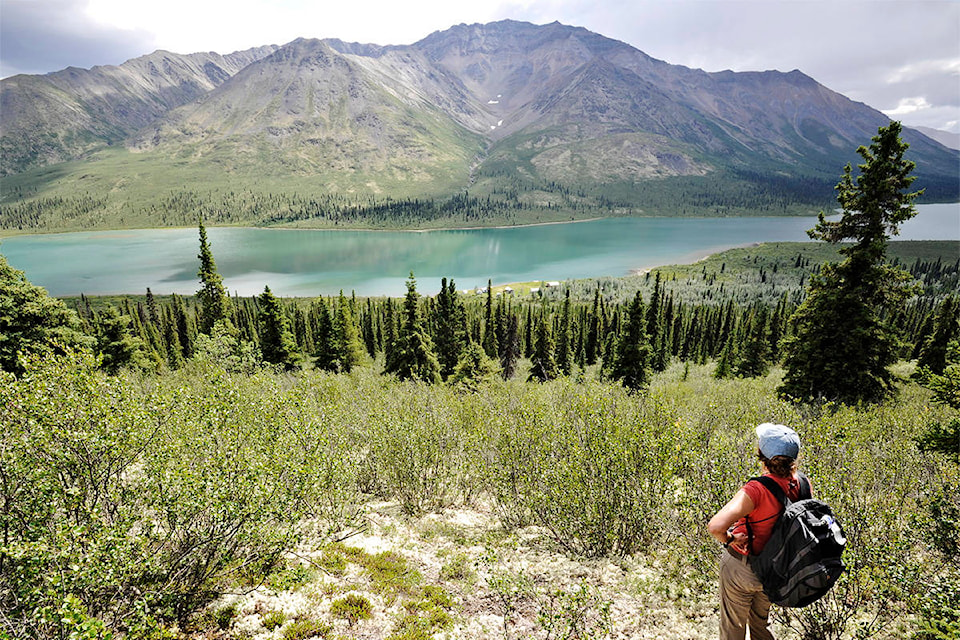October 2004
Land use planning begins for the Peel region, an area in northern Yukon that is approximately 68,000 square kilometres. The planning commission was made up of members nominated by both the Yukon government and the impacted First Nations.
July 2011
The Peel Watershed Planning Commission releases the Final Recommended Peel Watershed Regional Land Use Plan. It recommends protecting 80 per cent of the region from development.
January 2014
The Yukon Party government releases a Peel Watershed Regional Land Use Plan that differs significantly from the commission’s final recommended plan. Only 29 per cent of the region is protected from development.
January 2014
The same week the government releases its plan, First Nations and environmental groups announce plans to take the Yukon government to court arguing that such a dramatic change does not follow the planning process set out in Chapter 11 of the First Nations’ final agreements. They are represented by pioneering Aboriginal law expert Thomas Berger.
December 2014
Yukon Supreme Court Justice Ron Veale rules that the Yukon government violated the process. He sends everyone back to the final round of consultations but rules the government can only make minor changes to the Final Recommended Plan.
December 2014
The Yukon Party government announces plans to appeal Veale’s decision. Government lawyers argue the Yukon government should retain the authority to make final decisions on public lands.
November 2015
The Yukon Court of Appeal agrees that the Yukon government did not properly follow the process set out in the final agreements but rules the government can go back to an earlier stage of consultation to modify the plan more significantly.
December 2015
First Nations and environmental groups apply to have their appeal heard in the Supreme Court of Canada. They say the court of appeal incorrectly gave the Yukon government a “do-over.”
November 2016
Yukon Liberals win a majority government in the territorial election. The Liberals’ election platform included a promise to implement the Final Recommended Plan.
March 2017
The Supreme Court of Canada hears the Peel case in Ottawa.
December 2017
The Supreme Court of Canada rules in favour of the First Nations. The country’s top judges say the Yukon government can only make minor changes and does not have the authority to “change the Final Recommended Plan so significantly as to effectively reject it.” Premier Sandy Silver promises the Final Recommended Plan will only be “tweaked” and that no changes will come from his government.
September 2018
Liberals begin a final round of consultations. By the end, officials say they received more than 2,000 responses.
August 2019
The final Peel plan is signed by Silver and leaders of the affected First Nations. It includes various levels of protection for 83 per cent of the region.
